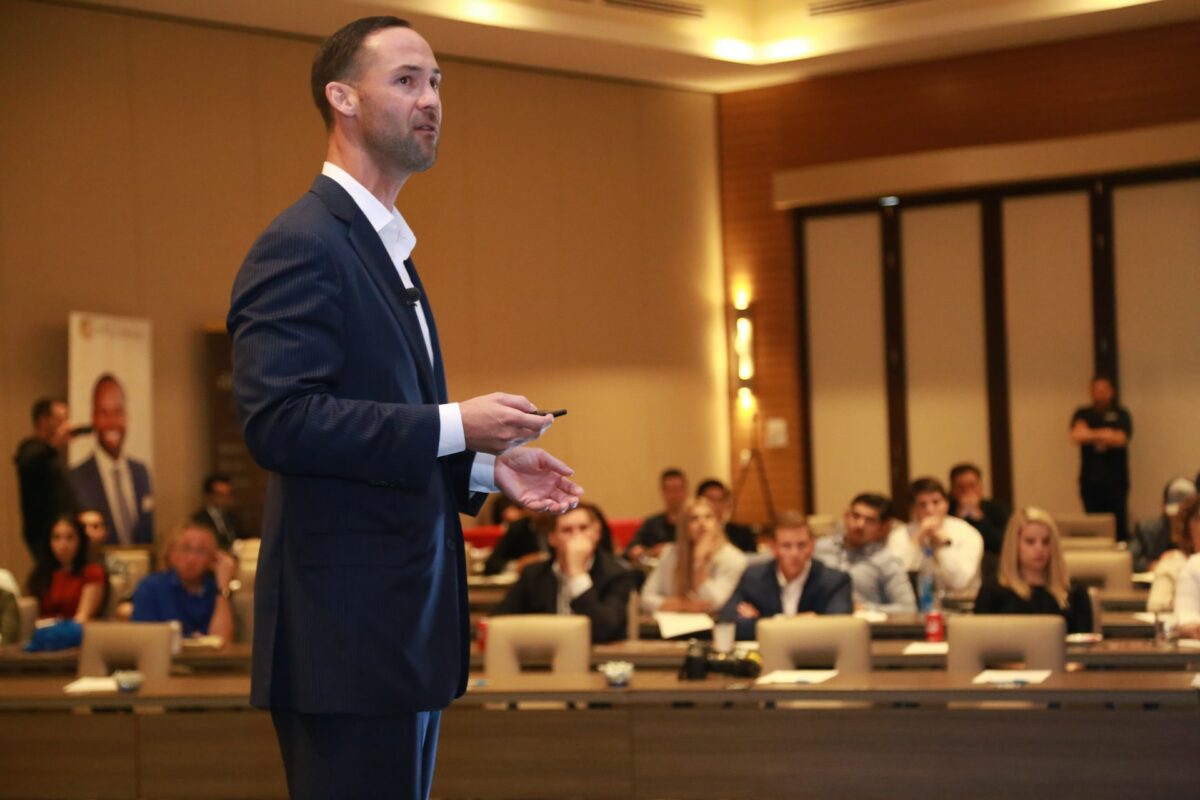Surveys are perhaps the most popular data collection tool available to marketers. Even in the age of big data, they’ve stood the test of time and have a respectable share of users today. Surveys are relatively inexpensive to administer due to the proliferation of panels and survey platforms.
Researchers prefer them because they are quick and convenient compared to other data collection methods. Surveys are also likely to survive the onslaught of the big data age mainly because they are well suited to measure consumer attitudes.
As marketers, we often dwell on empathizing with our customers and putting their needs at the forefront of our strategies. However, do we pay enough attention to empathizing with the people who fill out our surveys and fuel our strategies with data and insights? In an age where consumers ask for more, it is wise to assume that respondents do the same. So, let’s look at three ways in which we can incorporate empathy in surveys and improve respondent experience.
1. Be Mindful Of What You Need
It’s a common practice in the industry to reach out to the same group of people or survey panel for data. While it’s a smart decision to do so, quite often marketers end up repeating the same screeners and study questions on customer demographics, shopping habits and lifestyle in every new survey. Such practice ends up taking a sizeable portion of a respondent’s time. With better planning, marketers can manage this information from existing databases and can automate the process for any updates. For example, loyalty cards are a great and widely used sample source. By integrating surveys and membership information, we can work around many of those repetitions and focus on what needs to be asked. At the same time, we can track changes too.
Researchers also tend to ask background questions and look for ancillary information in surveys. As such, we ask questions that do not end up in the analysis but are instead a backup for late client requests that may just pop-up. If all parties get on board early in the research and map every question to strategic goals of the study, there’s a great chance that we end up asking what’s only needed for analysis. This ultimately reduces the burden on people taking the surveys.
2. Personalize The Experience
Don’t we love it when Siri or Alexa answers back to us? We adore them because they understand us and communicate with us humanely. What does this have to do with market research? Two things. First, customers are changing, and mobile technology is dictating their lives. As marketers, we leave no stone unturned to be where our customers are, but when it comes to research, the old habits of lengthy, burdensome surveys are dying hard. We need to be where our customers are. And that means integrating new technologies that puts research where they are – on-the-go, at their fingertips, and close to their voices. Second, the traditional style of writing questions and presenting surveys on screens needs to change. It should shift from complex grids and logic to a more open, conversational style. What we see today is a one-way request for answers. I present statements and scales and put you in a box. And I expect answers in that box. Is that empathetic? Research should be conversational, which means it’s not only the questions that need to be worded and sized carefully. It is also the survey interface and transitions that need to be designed and curated in creative ways. People love to talk about themselves and surveys should provide them as much opportunity as possible to do so. It needs to be all about them, and part of this comes from the interface and overall content design that makes it all about them.
3. Co-Own The Process With The People
Plead for feedback. Roll out the survey. Thank them for their time. Give them the dollars. Move on to the next batch of respondents for another study. This is the usual approach with the survey methodology. We must open our eyes and understand that not every respondent or customer is in it for the incentives. Some genuinely care and want their voices heard. Part of the reason why people get involved with their time is that they want their feedback to improve overall product experiences. Insights from a few hundred folks can transform experiences for millions. That’s the impact participants bring in research. As marketers and researchers, we need to appreciate them beyond the final page of a survey. This requires a shift in mentality from keeping cards close to our chests to being open, transparent, and sharing the study results to the people who made it happen. It’s about communicating to them the value of their participation and letting them co-own the process. Celebrate them for the impact they bring to your marketing. If it worked for you, it should be a proud moment for them too. Make them feel great about it. Let them know how they helped you and other customers.
The insights industry may be at crossroads today with technology rapidly changing how, when and where data is collected. Regardless, surveys are likely to stay, perhaps in different forms, shapes, and sizes. What remains elemental in its survival is regard for those who are part of it.
Contributed to Branding Strategy Insider by: Sumiran Satyal, Research Assitant, Southern Illinois University Edwardsville
The Blake Project Can Help: Discover Your Competitive Advantage With Brand Equity Measurement
Branding Strategy Insider is a service of The Blake Project: A strategic brand consultancy specializing in Brand Research, Brand Strategy, Brand Growth and Brand Education




